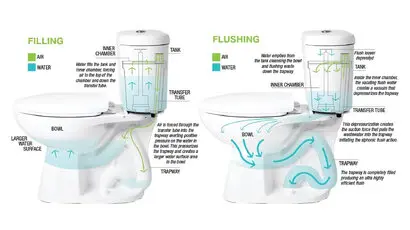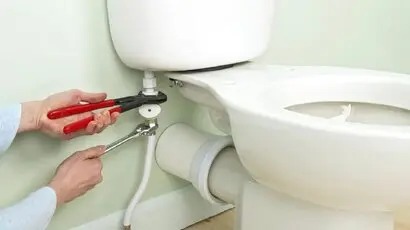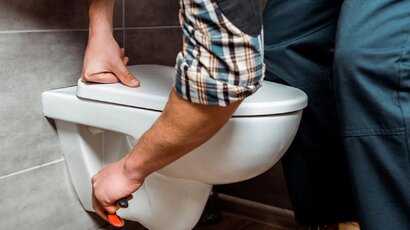3 Reasons Why Your Toilet Fills Slowly
Have you realised it takes a while for you toilet tank to fill up with water? Find out why in our guide to the three most common reasons why!
Isn’t it frustrating when your toilet takes forever to fill up? Not only is it a hassle, but it can also make things quite messy and unhygienic.
Sitting around, waiting for the toilet to refill after you’ve used it can be both frustrating and unpleasant. Spending ages in the bathroom just to flush properly can really throw off your day.
You’ll want to sort this problem out as quickly as you can. Once you figure out what’s causing it, tackling the issue is usually straightforward.
Keeping that in mind, we have discussed the most common reasons behind a slow-filling toilet tank. So, if you are facing such a problem and want to fix it, keep reading below.
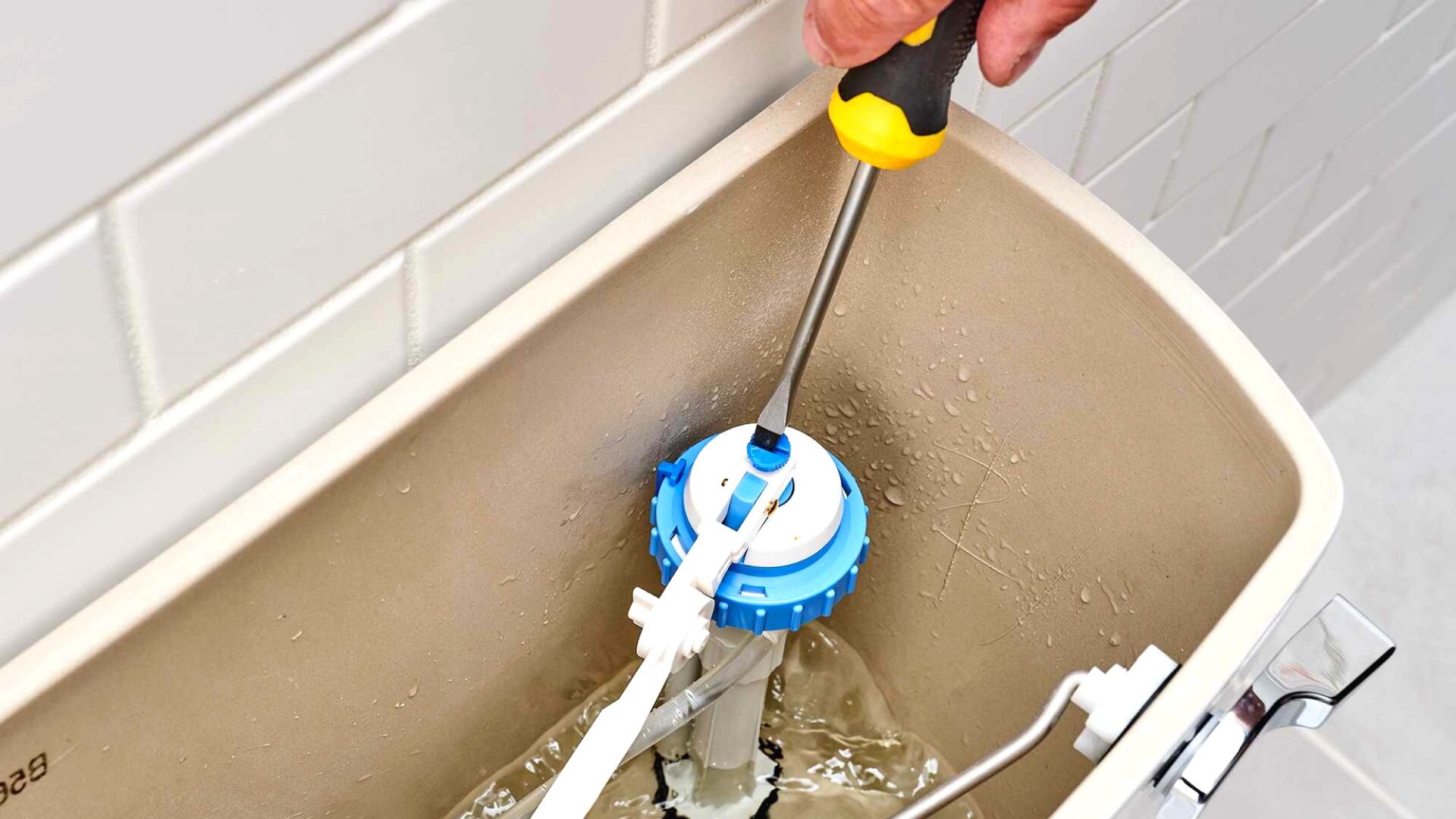
A clogged pipe is usually the biggest culprit behind a slow-filling toilet. It generally occurs when small objects or debris get stuck in the pipes, obstructing water flow.
Your average toilet has quite a few pipes managing water flow. Among them, the water inlet pipe plays a key role in filling the tank.
The toilet is connected to the house’s water mains, so if pipes become clogged, it will take a long time to flush.
It’s important to note that a slow-filling toilet usually means the pipelines have become partially clogged. And if they are entirely clogged, the toilet tank will not fill up.
To clear the clog, you can try pouring boiling water through the pipes. Alternatively, you can pour vinegar and baking soda down the plumbing lines.
You can also combine these methods to achieve the best results. First, pour the baking soda and vinegar mixture through the pipe, followed by hot water.
If these solutions don’t work, try using a high-pressure water jet or drain snake to remove stubborn blockages.
Your toilet might fill slowly if you’ve got a damaged water supply valve or a faulty fill valve. The fill valve, also known as the ballcock, regulates water flow into the tank, but mineral build-up can cause leaks. This leakage means more water is needed. A float ball that’s too slow to rise can keep the valve open longer than necessary. If the fill time seems off, check both the fill valve and float ball.
Replacing a worn, leaky fill valve and clearing debris from a stuck float ball can resolve slow-filling issues. Catching and replacing a malfunctioning toilet fill valve prevents wasted water and higher bills. At the first sign that your toilet is filling slowly or taking too long to refill between flushes, check the fill valve and float ball for damage. Replacing worn toilet parts ensures optimal fill levels and flush power.
Of course, a damaged or leaky component causes a lot of water wastage and makes your toilet slow. This, in turn, ramps up your water bills drastically, so you do not have the luxury of ignoring this problem.
To resolve this issue, you must find the leaky or damaged component and replace it with a new one. You could also try fixing the leakage with sealing tape or some plumber’s putty. However, this is not a long-term solution since the tape or putty may wear off over time.
That said, if the damage is significant, you have to go for a replacement. Luckily enough, these pipes and water supply valves are quite easily available and are not that expensive.
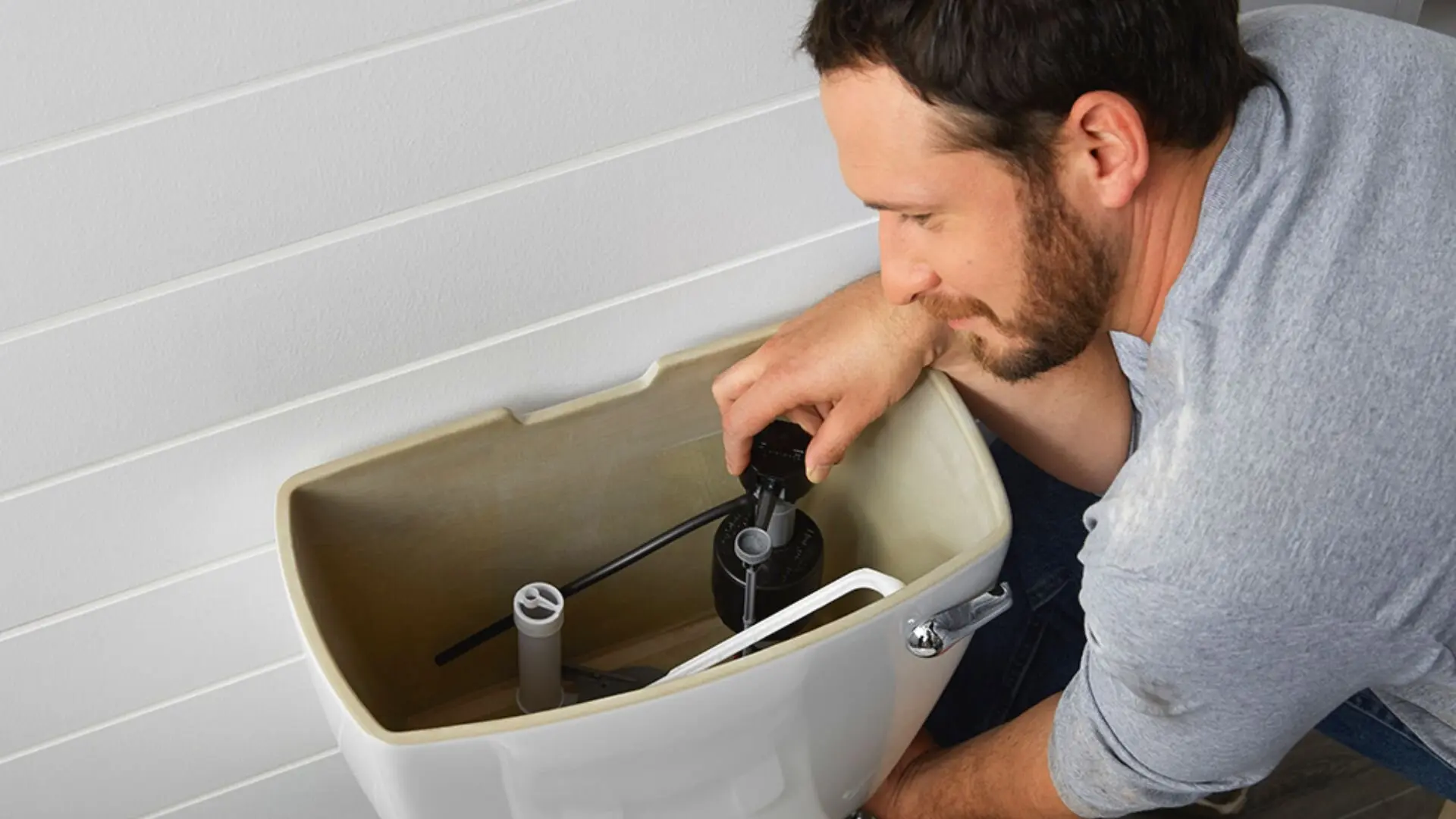
A fault in the plumbing system is another big reason behind a slow-filling toilet. For instance, if one of the joints in the plumbing system of your toilet is not firmly secured, the water may start leaking out of it.
Likewise, the water flow will be affected if the pipes are too narrow or not appropriately aligned. This, in turn, will cause the toilet tank to fill up slowly.
If a loose joint causes the issue, it can be resolved by adequately securing it. Tighten the nuts along the pipeline with a wrench and seal the joints with a bit of plumber’s putty.
Also, check the pipes thoroughly before you start using them again. If any pipes are misaligned, you can identify and resolve the problem accordingly.
In the case of narrow pipes, you will have no choice but to replace them with wider ones.
So, now you know the most common reasons behind a slow toilet. For your convenience, we have provided a suitable solution alongside each cause so that you can start troubleshooting them without wasting any time.
However, we understand if you might be feeling unsure about doing it yourself. Not everyone is a DIY expert; if you aren’t one, you can seek help from an experienced plumber.
They will do the job flawlessly for you in exchange for a small fee. And before you know it, your toilet will be as good as new! If you are in Melbourne, there is no better team of plumbers than the experts at WP Plumbing. We have eco-friendly, long-term, affordable plumbing solutions for your toilet issues. So don’t hesitate to contact us!
Ever wonder how your toilet actually works? This article dives into the basics of how toilets flush and what happens when you push that lever.
Has your leaky toilet cistern caused you enough frustration? Follow our easy step-by-step guide to learn how to replace your toilet cistern DIY!
A newly installed toilet should work seamlessly, but unexpected issues can arise if not properly maintained. Discover key steps to ensure your toilet functions as intended, from checking connections to testing flushing mechanisms.
